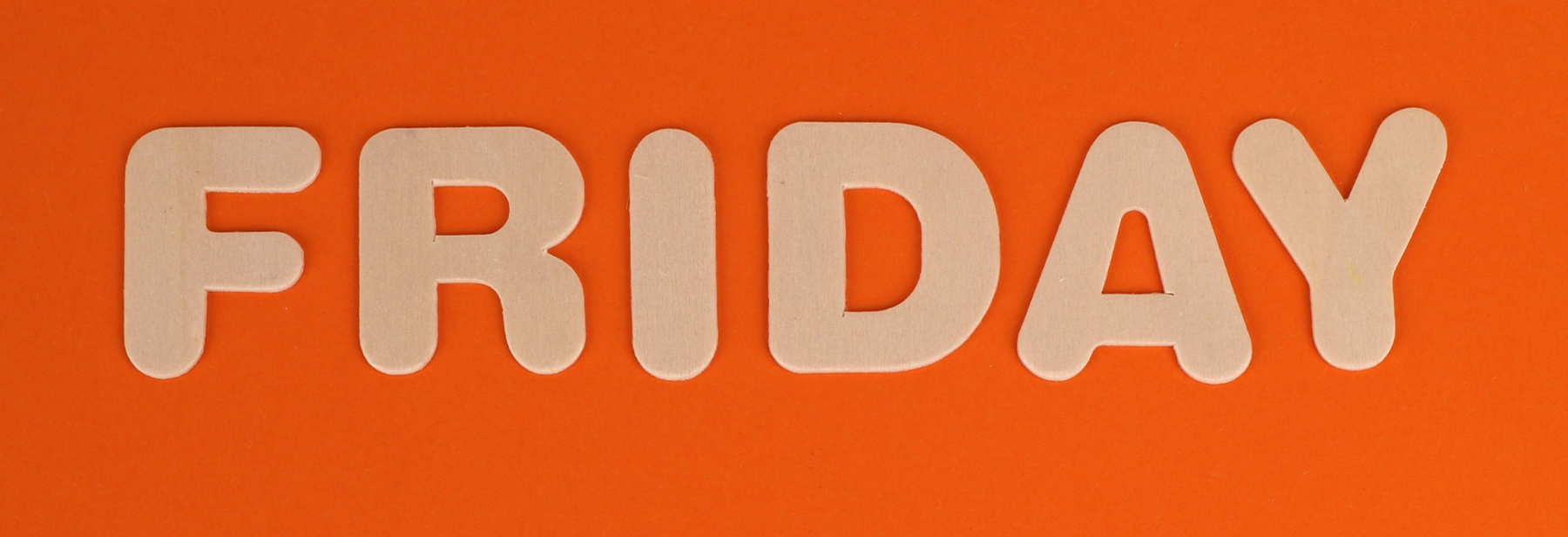
ServiceFriday: Feel the Beat: In-store Music’s Impact on Customer Spending
In recent years, Black Friday weekend has seen a decrease in people visiting physical stores, but it still is the busiest time of the year for shopping thanks to online avenues. One common reason shoppers are choosing to visit a store’s website rather than going in to a physical store is the high social density (i.e. in-store crowding). It’s a tough position for shop owners and management because having more customers in-store typically leads to higher sales but feelings of crowding have been known to draw negative psychological effects on customers, particularly in utilitarian settings like a supermarket. How can stores better deal with the negative impact of crowding? Recent research suggests one ambient factor can counter crowding; in-store music.
A recent study, published in the Journal of Retailing, hypothesized that the tempo of in-store music will moderate the impact of retail crowding on customer purchase behavior. Tempo (i.e. the speed of a detectable pulse in music) is a musical property that is applicable to most genres and prior research has shown it can strongly impact people psychologically and physiologically. Therefore, the researchers proposed that faster in-store music may diminish the effects of high social density.
Six branches of a large Northern European grocery chain were the participants of the experiment, which was conducted in a six week period from May to June 2014. Researchers implemented either fast music, slow music, or no music from Tuesday-Sunday, 3 p.m. – 7 p.m. They recorded customers’ total shopping basket value (SBV), the number of products per shopping basket, and the average price of each item in the basket. To calculate social density, they divided the number of transactions in an hour by the store size.
Researchers constructed regression models and discovered that fast in-store music had a positive effect on SBV. When social density was high, fast music had a strong positive effect on the number of products purchased. However, when the social density was low to medium, the tempo of the music did not significantly affect SBV. “At a centered social density value of .5, the average SBV was roughly 8% greater in the fast-music condition than in the no-music condition.” researchers wrote.
Managerial implications
“Retailers trying to maximize store frequentation should bear in mind the complex effects of social density.”
This research has opened a new avenue for retail store managers to increase customer SBV: in-store music. In particular, researchers suggest managers:
- Harness the positive effect of moderate social density through ways such as increasing or decreasing mutual visibility of shoppers in the store.
- Be aware of and utilize the interplay between ambient music and customer density.
- Assign the right music tempo for stores at the right times.
- Abstain from playing music during hours when there is low customer attendance to help save on royalties and electricity
“Compared to other strategies that are known to alleviate crowding, such as providing shoppers with a greater choice, or varying the store’s interior, adjusting the background music will be easier and more efficient.”
To get down to faster music in the retail environment, read the full article at the Journal of Retailing. (A fee may apply.)